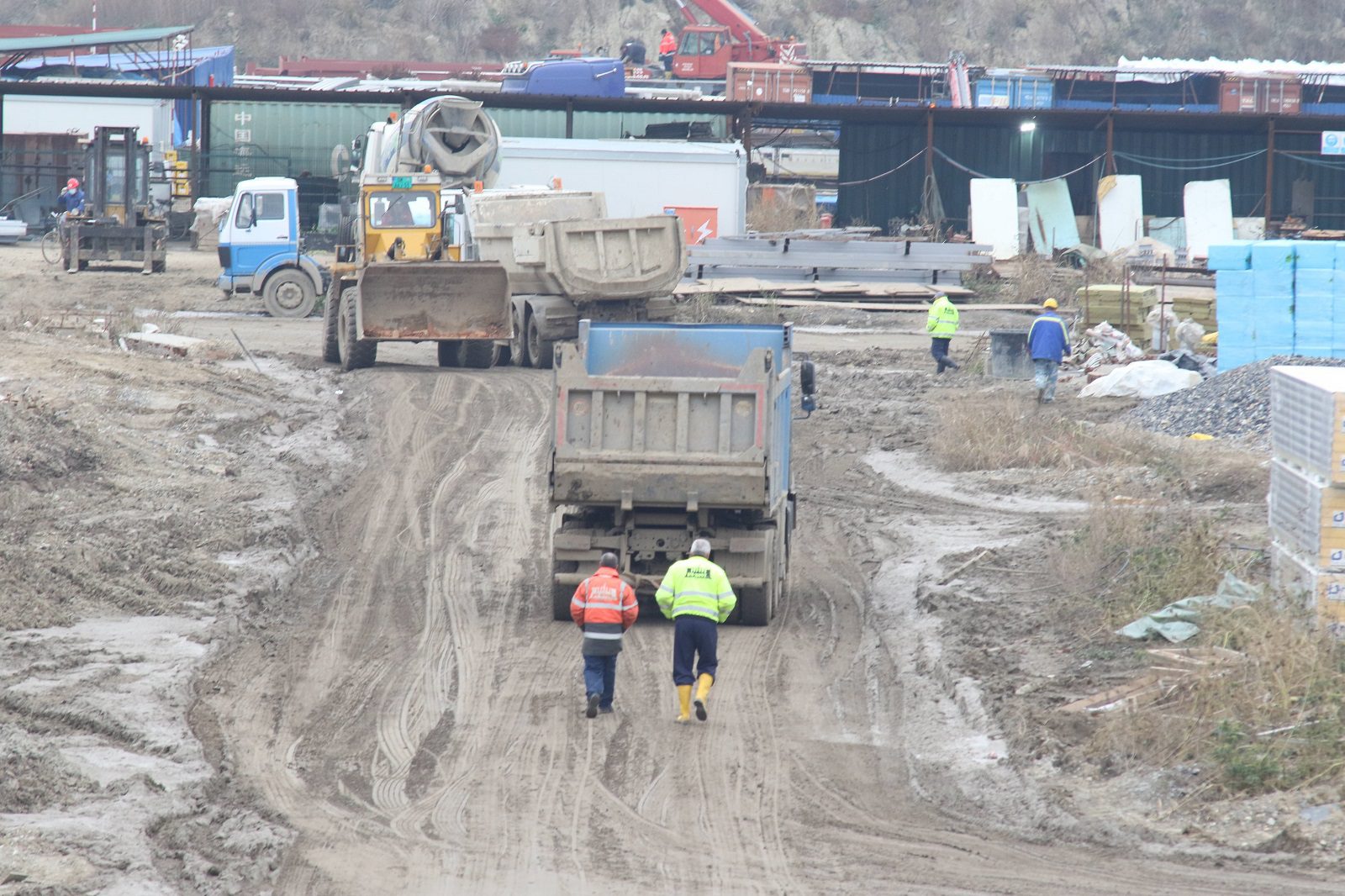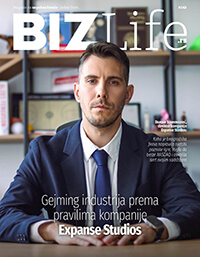
This year, Chinese investments are dominant in Serbia
According to the preliminary payment data of the National Bank of Serbia (NBS), during the first nine months of 2022, the inflow of foreign direct investments in Serbia amounted to EUR 3.011 billion, which is slightly higher compared to the same period of the previous year when EUR 3.002 billion was invested.
„It is important to emphasize that after the temporary slowdown in FDI inflows during March and April, the positive trend from the record-breaking 2021 continued from May. These developments confirm that the slowdown in inflows was temporary and triggered by the initial shock following the outbreak of the conflict in Ukraine.“
This year, too, foreign investments in Serbia have been productively and geographically diversified, mainly in export-oriented companies, according to the NBS.
In particular, according to the published data of the NBS of Serbia, from 2010 until the second quarter of 2022, the inflow of foreign direct investment (FDI) from the EU amounted to EUR 19.204 billion, from China (including Hong Kong, Taiwan and Macao) EUR 3.281 billion, from the Russian Federation EUR 2.473 billion and from the United States of America EUR 733 million.
Last year, FDI inflows from the EU were 1.762 billion euros, from China (including Hong Kong, Taiwan and Macau) 630.4 million, from the USA 105.6 million and from the Russian Federation 39.9 million euros.
Data on FDI inflows for 2022 by country are available as of the second quarter and in the first half of 2022 the highest inflows of foreign direct investments were recorded from China in the amount of EUR 491.5 million, from the EU in the amount of EUR 401 million, from the USA 56.7 million and from the Russian Federation EUR 30.4 million.
„Bearing in mind that a large part of FDI in Serbia is directed towards exchange sectors, the majority of investments from these countries focused on export-oriented enterprises, primarily in processing industry and transport. Furthermore, some of the investments from China and Russia were directed towards construction, and from the EU to the financial sector,“ the NBS said.
German firms employ 40,000 people
Bojan Stanic, assistant director of the Sector for Strategic Analyses of the SCC, says that China has emerged as first among investors and that it is creating a stepping stone for the future. China has the “Belt and Road” project that is global in character and it is building the infrastructure to support it.
„Since Serbia is not an EU member, and we have free trade agreements with the EU and Russia and strategic partnership with China, they started investing in Bor, Smederevo, Zrenjanin… They would also invest in other countries if they had the same access as us. In our country, contracts are secret, while in Europe they are much more regulated,“ Stanic notes.
He emphasizes that the EU remains the main investor if we look at the last three years, about 56 percent of all investments come from there.
„The USA has invested a little in our country, but it should be borne in mind that a lot of their investments come through the Netherlands because there is a more favourable tax policy there. For example, the NCR, which employs several thousand workers is a US firm, but it is registered as Dutch.
Russian investments mostly go through NIS. There were allegations about the arrival of a Russian trading chain, but that was not realized. For the sake of comparison, Russian companies employ 2,000 workers here, and German companies alone employ 40,000,“ Stanic says.
Izvor: Politika
Foto: Pixabay, Beta, EU info centar







